As a developing African nation, Tanzania faces many ongoing social issues. These come in a variety of areas, including education, health, and gender equality, and can cause incredible hardship for those affected. These issues place a particular strain on Tanzania’s poor, who lack the resources, knowledge and opportunities to break free from the cycle of poverty.
The facts below illustrate some of the issues that many Tanzanian’s face, and show why it is important for organisations such as The School of St Jude to try and create social change within the country:
1. Primary school education has been free in Tanzania since 2002, but families still have the responsibility to pay for uniforms, exam fees and school supplies, (http://www.hopefortanzania.org/tanzania/) something many families cannot afford. St Jude’s makes a concerted effort to ensure that families are not financially burdened by their children’s education.

2. Secondary schools in Tanzania are fee paying. (http://www.hopefortanzania.org/tanzania/). Students are also only able to progress on to secondary school if they pass their Standard 7 (end of Primary) exam. For these two reasons, many children are unable to continue on to secondary education, with the level for secondary school enrollment (% gross) in Tanzania only 35.09% (http://www.indexmundi.com/facts/tanzania/school-enrollment). This is a long way behind most African nations, including Zambia (55.94%), Uganda (58.34%), and Malawi (75.57%) (http://www.indexmundi.com/facts/)
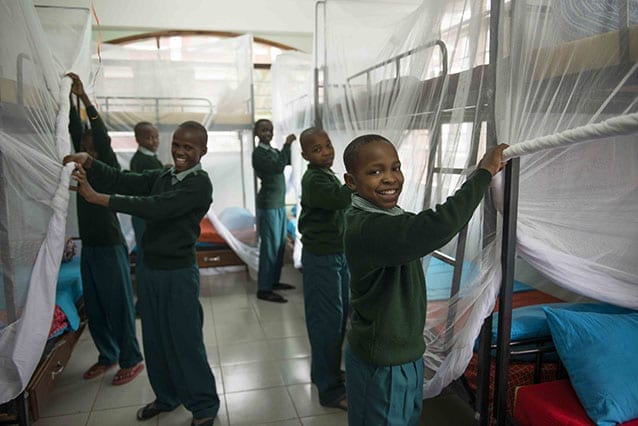
3. The leading cause of death in children who survive the neonatal period is malaria. (http://www.hopefortanzania.org/tanzania/). Boarding students at St Jude’s are provided with mosquito nets in their rooms to prevent malaria. If a student becomes sick and malaria is suspected, they are taken to the hospital where they are tested and given an anti-malarial if necessary.
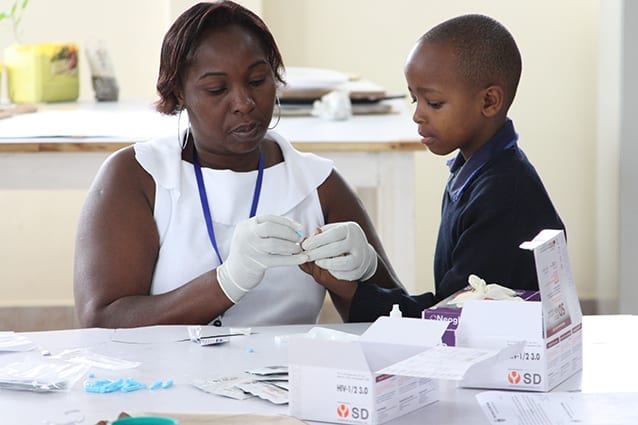
4. The leading cause of death for adults in Tanzania is HIV/AIDS (http://www.hopefortanzania.org/tanzania/). In 2009, the prevalence rate among the adult population was 5.6%; approximately 1.4 million people (http://www.indexmundi.com/tanzania/demographics_profile.html). Only 35% of 15-19 year old female adolescents have a comprehensive knowledge of HIV (http://www.shika.org.uk/our-work/where-we-work/tanzania-facts/), which leads to many females contracting HIV in their adult life.

5. The infant mortality rate in Tanzania is 45.1 per 1,000 live births (http://www.indexmundi.com/tanzania/infant_mortality_rate.html). Over time, it is St Jude’s hope that through the power of education and proper care the overall health of Tanzanians will improve, leading to a higher life-expectancy and better quality of life

6. On the Human Development Index of the United Nations Development Programme, the United Republic of Tanzania ranked 163rd of 170 countries in 2000, and 152nd of 187 countries in 2013 (http://www.ruralpovertyportal.org/country/home/tags/tanzania). This shows that Tanzania is improving in a number of areas, but still lags a long way behind most nations in terms of its social development.

7. The average school life expectancy of students (primary through to tertiary education) is nine years (http://www.indexmundi.com/tanzania/demographics_profile.html). It is St Jude’s goal that its students continue their education all the way through primary and secondary school, and then seek out tertiary education if they desire.

8. The literacy rates of 15-24 year olds in Tanzania are: Male 83% Female 76.9%. This is a clear indication that females are still not receiving the access to education that males are. St Jude’s makes a concerted effort to give girls equal access to an education, with 58% of our current students being female.
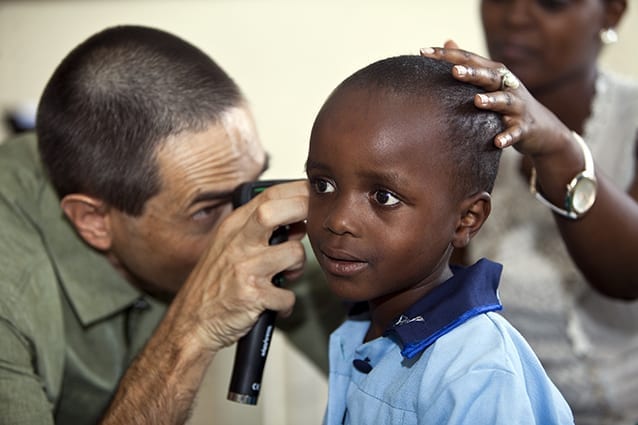
9. There were 0.70 hospital beds per 1,000 people in Tanzania of 2010. (http://www.indexmundi.com/facts/tanzania/hospital-beds). The number of physicians per 1,000 people in Tanzania was 0.01 as of 2010 (http://www.indexmundi.com/facts/tanzania/physicians). Access to medical services is still very limited, especially to the poor. St Jude’s employs a Health and Welfare team to make sure that our students are healthy and ready to learn. 29.5% of our senior students now have plans to study medicine upon completion of their St Jude’s education.
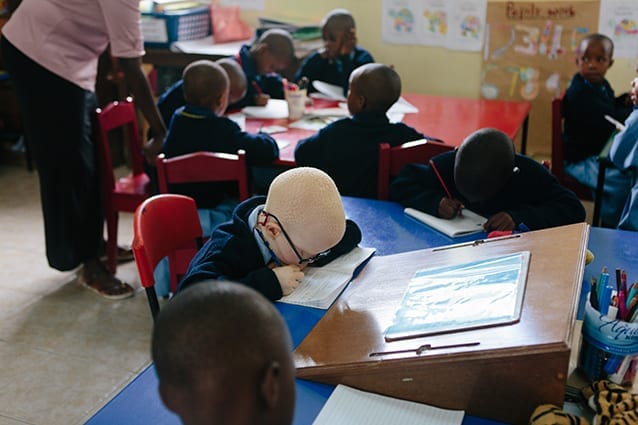
10. The pupil to teacher ratio in Tanzanian government primary schools is 49:1, with an average of 66 students per class (http://www.unicef.org/tanzania/6911_10874.html). We often witness class sizes of up to 200 students in nearby schools. Large class sizes mean that students lack the necessary attention for a good education. St Jude’s class sizes average less than 28 students, ensuring that all pupils have access to the assistance of their teacher.




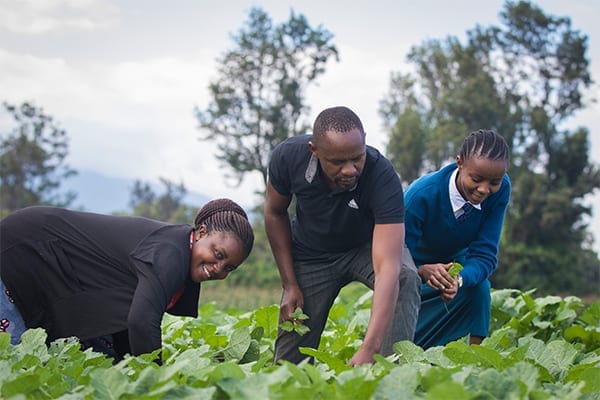
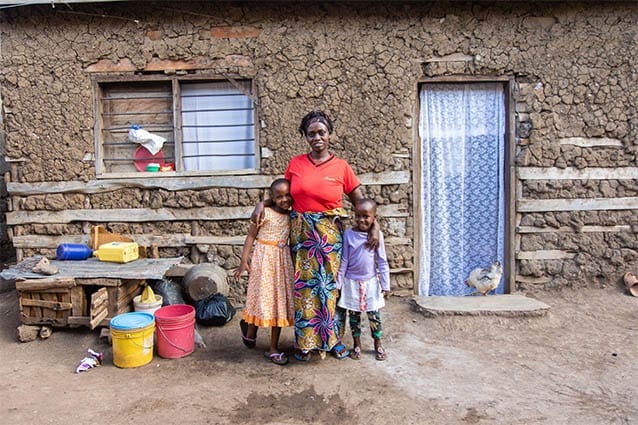

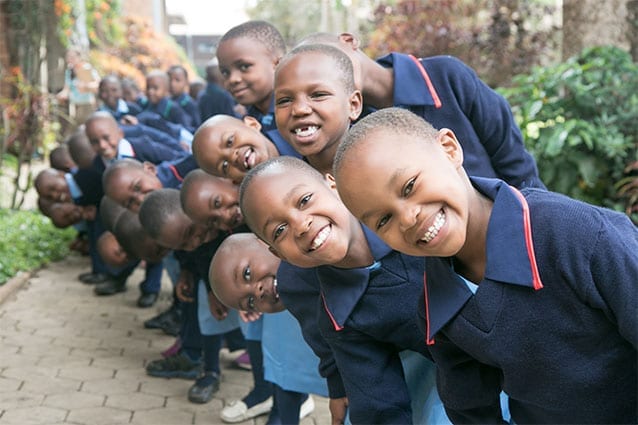

Replies